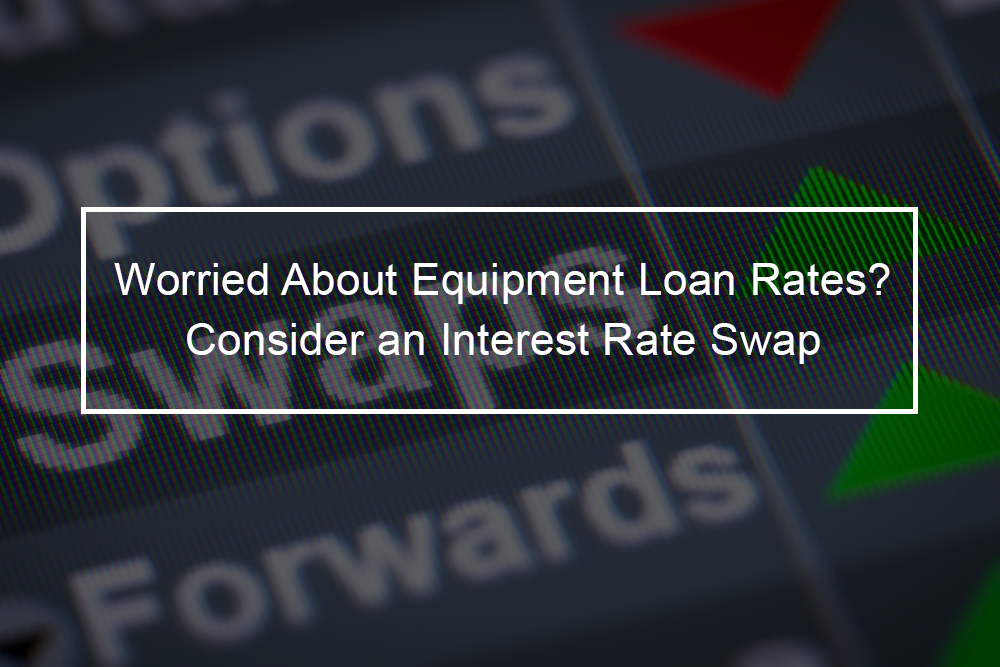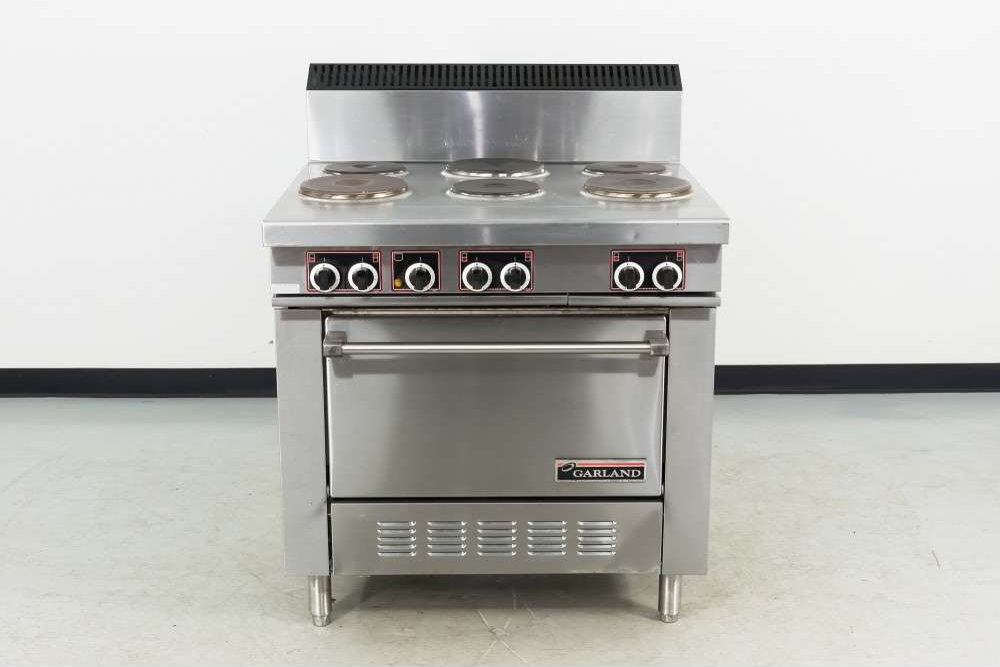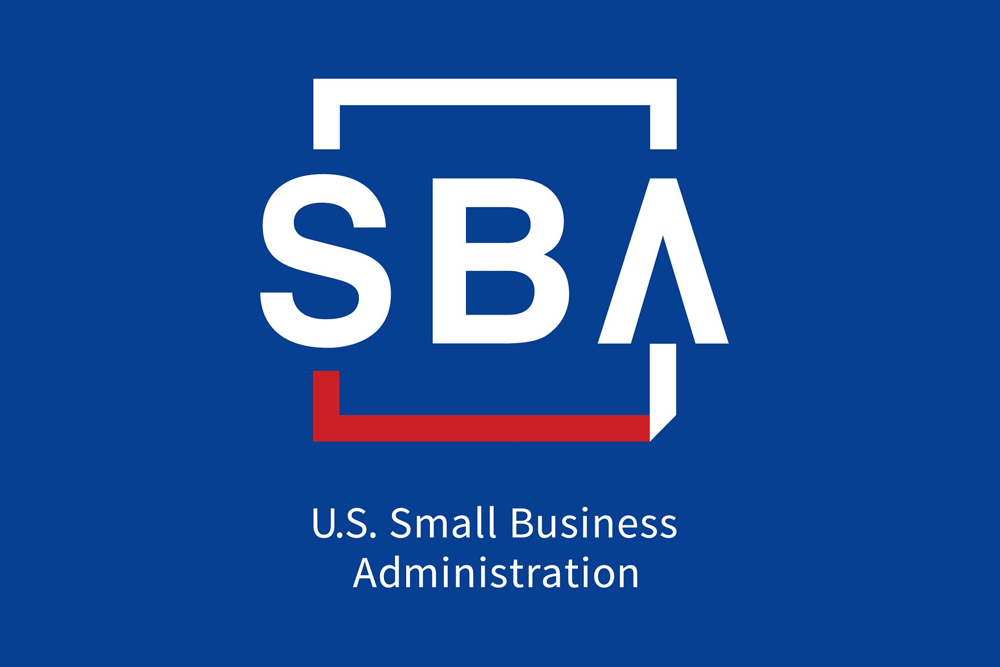If you have an equipment loan with a variable rate, you probably keep a close eye on interest rates. A change in interest rates affects your borrowing costs and can make it difficult to anticipate what you will pay month-to-month. Changes in variable-rate indexes can make it challenging to forecast debt service levels. If you want to secure a fixed cost of equipment debt service but not move to a traditional fixed-rate loan, an interest rate swap could be a great fit. Interest rate swaps are a beneficial tool for hedging against variable interest rate risk. For both existing and anticipated equipment loans, an interest rate swap has various strategic advantages. To make wise use of an interest rate swap, it helps to understand what a swap means in equipment financing. Here is what you need to know:
What is a swap?
A swap in finance is a derivative contract through which two parties exchange the liabilities or cash flows from two different financial instruments. Most swaps involve cash flows depending on a notional principal amount like a bond or a loan bond, even though the instrument can be almost anything. Mostly, the principal does not change hands—every cash flow consists of one leg of the swap. One cash flow is typically fixed, while the other is variable and based on a benchmark interest rate, floating currency exchange rate, or index price. The most popular kind of swap is an interest rate swap. Swaps do not trade on exchanges, and retail investors do not typically engage in swaps. Instead, swaps are over-the-counter contracts mainly between businesses or financial institutions customized to both parties’ needs.
How an interest rate swap works in equipment financing?
Typically, an interest rate swap on equipment financing with a variable rate turns the interest into a fixed cost. It does so via an exchange of interest payments between the lender and the borrower. (Note that the parties do not exchange a principal amount.)
With an interest rate swap on the equipment financing, the borrower still pays the variable rate interest payment on the loan every month. For many loans, this is determined in accordance with LIBOR plus a credit spread. Then, the borrower makes an extra payment to the lender, depending on the swap rate. The swap rate is set on when the swap is set up with the lender and is unchanging from month to month. Lastly, the lender rebates the variable-rate amount (calculated as the LIBOR portion of the rate), so that ultimately the borrower pays a fixed rate. It is worth noting that the gain one party receives via the swap will be equal to the other party’s loss. Whereas you are neutralizing your risk, in a way, one of you will lose some money.
Typically, interest rate swaps are traded over the counter, and if your business decides to exchange interest rates, you and the other party will have to agree on two main issues:
- The length of the swap on loan: Develop a start date and a maturity date for the swap and know that both parties will be bound to all of the agreement’s terms till the contract expires.
- Terms of the swap: Be clear about the terms under which you are exchanging interest rates. You will need to carefully gauge the required frequency of payments (monthly, annually, or quarterly). Make sure you decide on the structure of the payments: if you will use an amortizing plan, bullet structure, or zero-coupon method.
Who can benefit from a finance swap?
As this trend in interest rate swaps goes on, more businesses are looking at how they can hedge risk with their loans over the long-term. If a business debt is term-debt or evergreen working capital, an interest rate swap could hedge risk against future interest rate increases.
Ways to leverage a swap in equipment financing
A swap on equipment loan is excellent for protecting against an expectation of higher interest rates. Because of the nature of interest rate swaps, there are many extra advantages to be aware of and leverage. Below are a few:
Manage cash flow
After you secure the swap rate, you will know exactly how much you will be paying per month. Let that certainty be the foundation for wise, strategic plans.
A swap offers you access to flexible prepayment penalties
In a fixed-rate equipment loan, you might pay a prepayment penalty if, at some point, you sell the financed property or your company and pay off your remaining outstanding debt balance. A variable rate loan doesn’t have a prepayment penalty; however, if you enter an interest rate swap and pay off your loan early, you would need to settle the swap contract at market value at that time. Since the contract is canceled at market value, you could either be in a liability position and owe something to the bank or the equipment financing company; alternatively, you could be in an asset position and receive a payment from the bank upon termination.
Secure a future rate
A traditional fixed-rate equipment loan can assure a rate in the short-term. Once you complete a swap on a floating rate loan, it is possible to lock in a fixed rate that will begin on a date in the future. You might be able to secure a rate that would begin months or years later.
Complete a swap on a section of the equipment loan
A swap does not have to be completed on the entirety of your loan. You can acquire an interest rate swap to secure a set rate on a portion of the loan so that you still have a floating rate for the rest. This affords more creative and flexible options for your portfolio.
Comparative advantages
Businesses can sometimes receive either a fixed or floating rate loan at a better rate than most other borrowers. Nonetheless, that might not be the type of financing they are looking for in a specific situation. A company might, for instance, have access to a loan with a 5-percent rate when the current rate is about 6-percent. However, they may need a loan that charges a floating-rate payment. If another business, meanwhile, can gain from receiving a floating rate interest loan but is required to take an equipment loan that obligates them to make fixed payments, then two businesses could conduct a swap, where they would both be able to fulfill their respective preferences.
What are the drawbacks of an interest rate swap on equipment financing?
Interest rate swaps are not for every business. This kind of product is best suited for a sophisticated customer who understands the potential rewards and risks, like repayment penalties or accounting needs that can arise. Companies should talk with their lender about this product before entering an agreement. There can be costly prepayment penalties associated with these loans.
Things to consider when considering a swap in equipment financing
While offering great solutions for managing borrowing costs, swaps have a few more moving parts than your traditional fixed-rate equipment loan structures. Here are a few considerations you need to discuss with your equipment financing company:
Documentation
With your swap contact and your equipment financing company’s assistance, you must complete standard swap documentation before you start. The agreement does not commit you to finish the swap.
Accounting
Typically, interest rate swaps with structures to match the terms of the original loan might qualify for hedge accounting. Consult with your auditors and/or accountants to determine if hedge accounting is appropriate for your situation.
Regulatory
(The Dodd-Frank Act) The Wall Street Reform and Consumer Protection Act outlines suitability and eligibility for any parties entering an interest rate swap agreement. Talk to your bank or equipment financing company to confirm your eligibility.
Example of a swap in equipment financing
Suppose Company Y carries a $50 million equipment loan at a fixed rate of 6.5 percent. Company Y anticipates that the general direction of interest rates over the near or intermediate-term is down. Company X, carrying a $50 million equipment loan at LIBOR + 3.50% (floating rate loan), has the opposite view; the company believes interest rates are rising. Company Y and Company X wish to swap. With the fixed-for-floating swap, Company Y will pay the floating rate, and therefore benefit if, in fact, interest rates drop, and Company X will presume payments for the fixed-rate loan. Company X will stand to benefit if interest rates increase. Swap transactions are facilitated by a swap dealer, who will act as the required counterparty for a fee.
An interest rate swap on equipment financing might seem intimidating at first; however, once the mechanics are worked out, it is as simple as paying a fixed amount every month. If you are interested in an interest rate swap, request your relationship manager to put you in contact with one of our swap products specialists. It is vital to involve your relationship manager in any interest rate swap conversations since they are most familiar with your credit portfolio. And, indeed, an interest rate swap is a credit product subject to credit approval.














